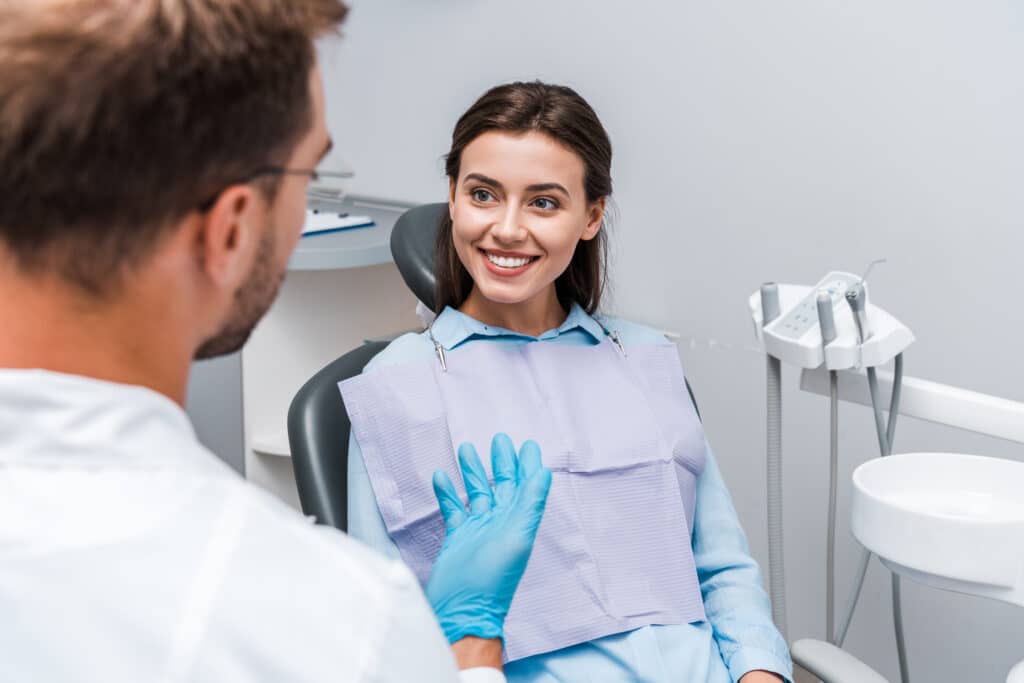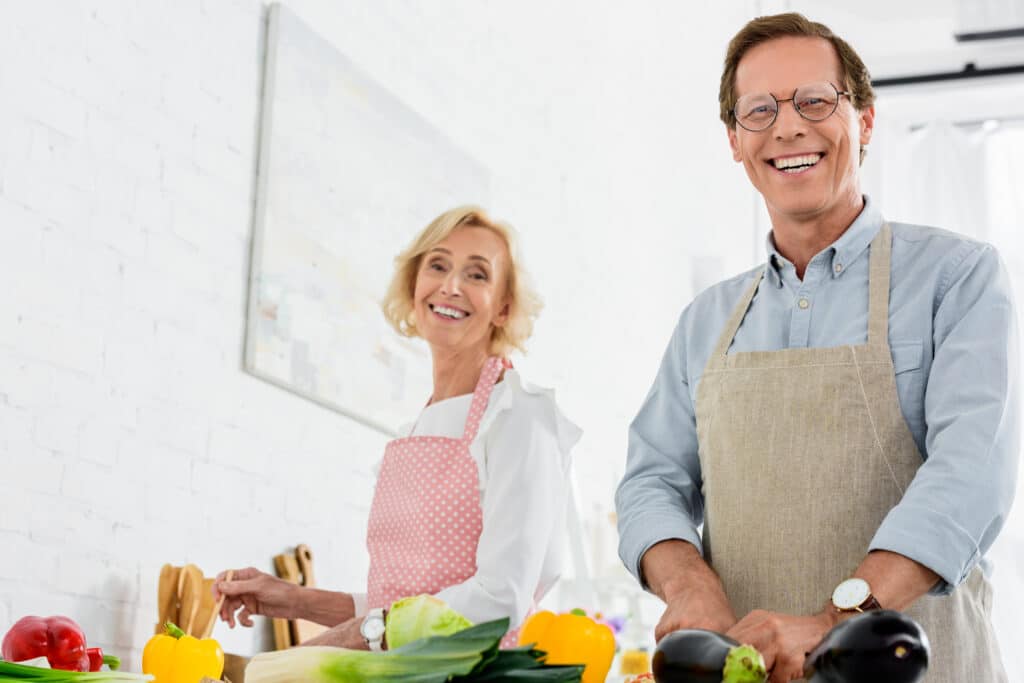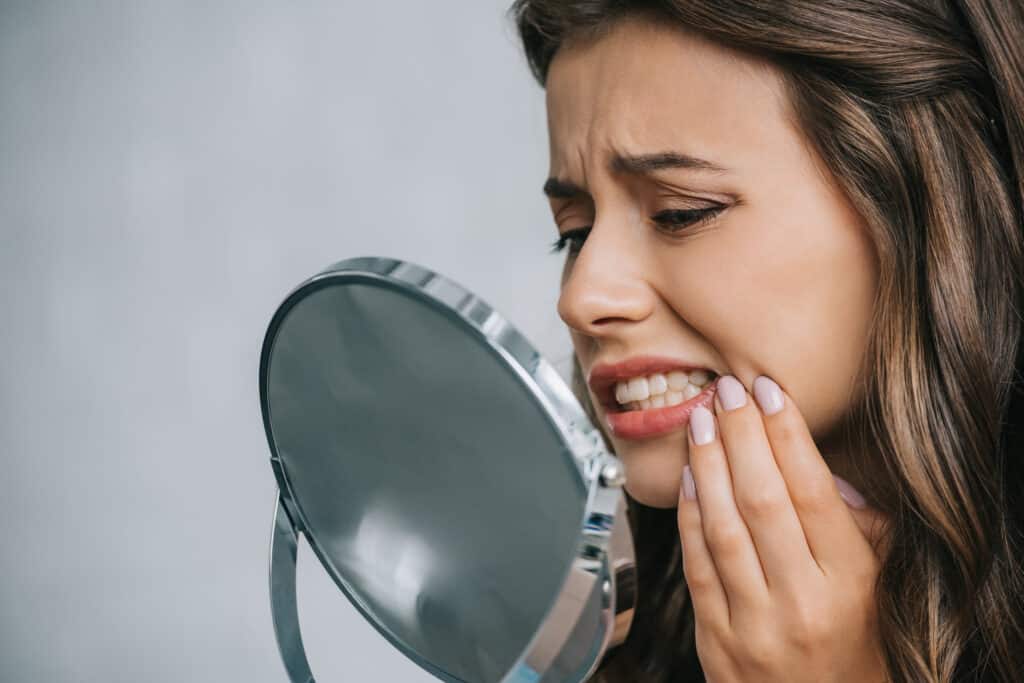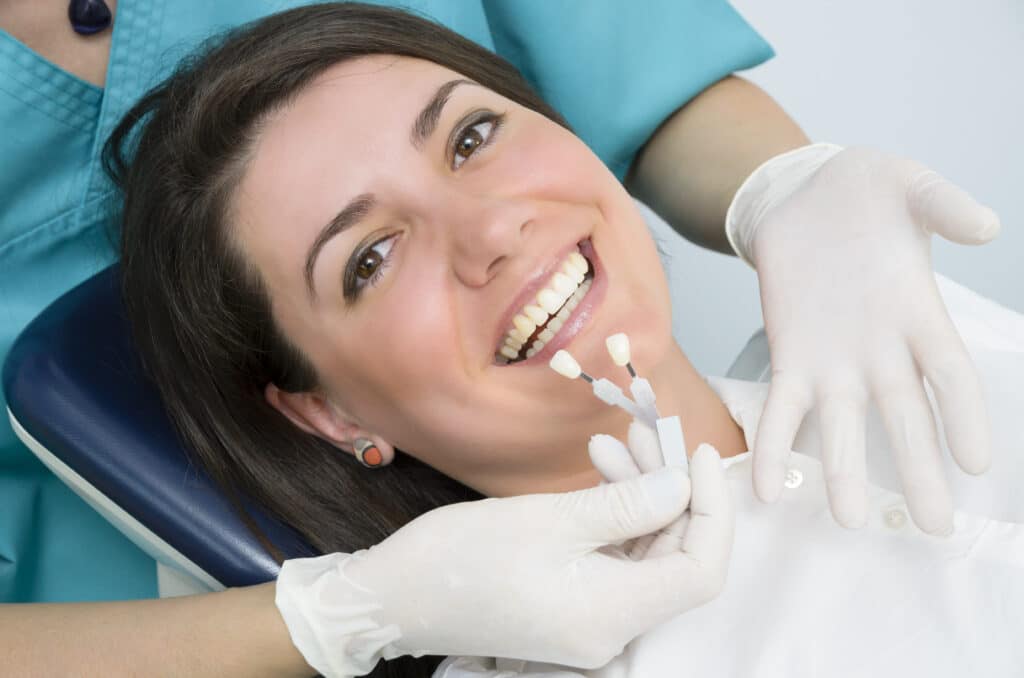
Achieving a dazzling smile not only boosts your confidence but also reflects your overall health and well-being. Maintaining great oral health goes beyond just brushing and flossing—it involves adopting healthy practices into your everyday routine. But, without the proper education, you may not know where to begin.
At Mountain View Dental, we understand how difficult it can be to achieve the great oral health you’ve been dreaming of. While it may be difficult, it is essential to keep yourself safe from avoidable oral health conditions. If you want to learn more about how to maintain great oral health, keep reading to see what our dental team recommends.
1. Brush and Floss Twice a Day
If you are trying to maintain great oral health, the best place to start is with your everyday oral health routine. You should brush and floss your teeth at least twice a day to ensure they are free of plaque and tartar, which may lead to the development of cavities and gingivitis. To adequately follow the American Dental Association’s recommendations, you should brush your teeth for at least two minutes to keep your teeth fresh.
When flossing, it is important to remember to floss gently between every tooth. Gently curve the floss around each tooth, making sure it gets beneath your gum line. Never force the floss, as your gums are incredibly delicate and may cut or bruise if you do so. By remembering to brush and floss, you keep yourself safe from avoidable dental illnesses.

2. Be Mindful of Snacking
While we understand the desire and need to snack between meals, it is important to be mindful of the snacks you choose if you want to maintain great oral health. If you can, opt for crunchy fruits and vegetables such as broccoli, carrots, and apples. These snacks act as nature’s toothbrush, helping to remove any plaque or tartar.
In addition to choosing these healthy snacks, it is important that you avoid overly sweet drinks as well. If you choose to drink juice, soda, or coffee, their acid can eat away at your tooth enamel. Instead, opt for sugar-free beverages or water when possible. These beverages can also help you rinse away harmful bacteria.
3. Avoid Using Your Teeth as Tools
It is important to avoid using your teeth as tools to maintain good oral health and protect them from unnecessary damage. While it might seem easiest to rip open a bag with your teeth, using your teeth on these items may lead to cracks and chips that can lead to extreme discomfort and a need for costly dental procedures.
Using teeth as tools can pose a choking risk, in addition to risking major tooth damage. Instead of relying on teeth for various tasks, it is best to use appropriate tools like scissors, bottle openers, and nail clippers. Opting for the appropriate tools keeps your teeth safe from damage and prevents pain.
4. Use Plenty of Fluoride
Fluoride is your smile’s best friend for maintaining great oral health. This powerhouse is crucial in your dental care routine, found in toothpaste, mouthwash, and professional treatments. It’s essential for shielding against decay and pesky cavities by toughening up your teeth against bacteria and plaque attacks. Plus, fluoride even helps your enamel heal itself naturally, keeping your pearly whites strong and resilient.
Say goodbye to worries about gum disease too, as fluoride fights off harmful bacteria, ensuring your mouth stays fresh and clean. Thanks to fluoride in community water supplies, everyone can enjoy the benefits of fewer cavities, regardless of budget. Just remember, like any reliable oral health ingredient, fluoride works best when used regularly and responsibly, so keep up the routine for a smile that shines with health and confidence!
5. Invest in a Good Mouth Wash

Incorporating mouthwash into your daily routine is a great way to boost your already comprehensive oral health routine. Not only does it leave you with minty-fresh breath, but it also packs helps you achieve great oral health. Mouthwash reaches every nook and cranny, washing away lingering food particles and bacteria that brushing and flossing might miss.
Many mouthwashes contain fluoride, which strengthens enamel and prevents cavities, giving you an extra layer of defense against dental woes. Whether you prefer an alcohol-free formula or one with an extra whitening boost, there’s a mouthwash out there to suit your needs and leave you feeling confident all day long. So don’t forget to rinse once you’ve finished brushing and flossing.
6. Schedule Regular Dental Visits
Regular dental visits are one of the easiest ways to maintain a dazzling smile and great oral health. You should schedule a dental cleaning with them at least twice a year to protect yourself from preventable oral health conditions. You may need to schedule more frequent appointments if you are experiencing severe dental health conditions.
At every appointment, your dentist has an opportunity to catch potential issues early on. From cavities to gum disease, your dentist has the expertise to keep your mouth in the best shape possible. In addition to this, they can provide personalized advice on brushing and flossing to help you avoid these diseases before they come creeping in.

Maintain Great Oral Health at Mountain View Dental
One of the easiest ways to maintain great oral health is by working with a reliable dental team, like our team at Mountain View Dental. With years of experience helping patients across the Northern Utah area achieve the smile of their dreams, we are confident that we can do the same for you.
Whether you are looking for cosmetic dentistry, general dentistry, or emergency dentistry, our team provides a variety of services to not only meet but exceed your dental needs. If you would like to schedule an appointment with our trustworthy dental team, don’t hesitate to reach out to us today for support.













